About Cellular Jail
Cellular Jail is one of the most historically significant monuments in the Andaman Islands, as it used to be the place where Britisher officers used to send prisoners for exile, during the period of their rule. The walls of this jail hold many stories of the brave Indian freedom fighters and prisoners who have withstood torment in the cells of this very building. The jail is also referred to as Kala Pani, meaning black water in Hindi, and what was the term for prison cell confinement during that period.
The construction of the jail took place the years of 1896 and 1906, however, the British officers had been using the prison as an exile for prisoners right from the period of the Sepoy mutiny, during the late 1950s. The mutiny caused the death of a large number of Indian soldiers by the hands of the British, and those who were managed to survive were sent to the islands to live the rest of their days there.
This prison, in particular, was considered to be the best place to send the soldiers who protested against the British, as they were completely isolated from their homes, their families and all their loved ones. Therefore, sending the rebels here was considered the highest form of punishment as it not only received torment in the form of physical punishments and torture, but their spirit was broken as well due to the fact that they were far from everything that was familiar to them.
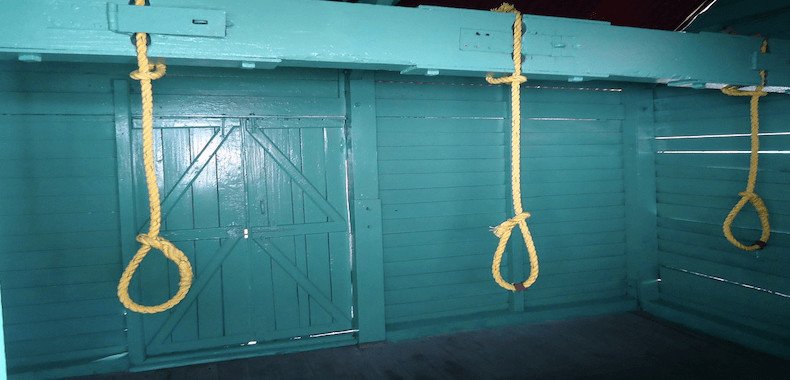
After India got its Independence in 1947, many of the former prisoners went back and visited the prison where they have spent months, and even years. An organization that has been formed by said prisoners, named the “Ex-Andaman Political Prisoner’s Fraternity Circle” had decided to move a petition forward to the government to acknowledge the prison as a national memorial, and that no changes were to be made to it on a large scale. Honoring their struggle, the Prime Minister of India dedicated the prison to the nation on 11th February 1979.
Today, the stories and struggles of the freedom and political fighters of our country are proudly displayed on the walls of the prison, and there is even a gallery dedicated to the photos and exhibitions of the movement of the freedom fighters, and the tales of the hardships faced by the brave soldiers who were unfortunate enough to face the torment of the British in this prison.
Apart from the gallery, the prison also houses a library on the first floor, which has a lot of books related to the freedom movement, and a gallery showcasing the important moments from the first war of Independence. One of the key attractions the prison is the eternal flame of the Freedom-Swatantrya Jyot that has been built in honor of the soldiers who have given their lives to the freedom movement. This place welcomes many travelers who are on their trip to Andaman. If you’re planning a visit to this important National Monument, make sure to read all the details in our guide below.
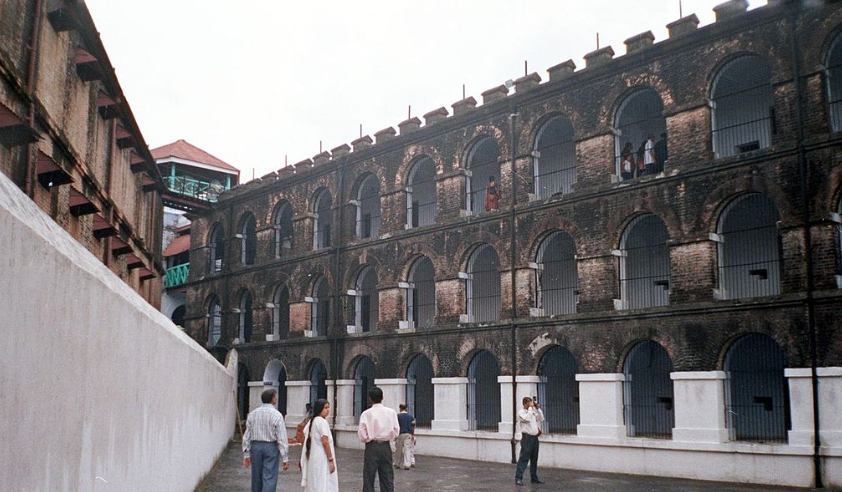
How to Reach Cellular Jail from Port Blair
If you are planning a vacation to the Andaman and Nicobar Islands, then make sure to visit theCellular Jail, which is one of the most important historical and National monuments in the country.
The jail is located in Port Blair, which is the capital of the Andaman and Nicobar islands, and one of the best towns to visit in the region. To get to Port Blair from India, you will have to take a flight, as it is the only way to reach the islands.
Air: The Port Blair International Airport, also known as the Veer Savarkar International Airport, is very close to the town center, and many of the key tourist attractions can easily be accessed from the airport.
When you reach Port Blair, you can travel to the jail by road, using any of the following modes:
Car: You can rent a car and travel to the jail if you want to travel leisurely at your own schedule.
Scooter: Scooters are also available for hire, and they are also more economical, so if you are traveling in small groups, then we recommend renting a scooter.
Tuk-tuk: Tuk-tuk rickshaws are the most common and cheapest mode of transportation on the islands, and you can easily get a rickshaw on any of the streets in Port Blair. The drivers all speak English pretty well and you will have no trouble reaching the Cellular Jail.
Cab: You can either take a cab or hire a car with a driver. This works best if you have an itinerary planned and you are traveling in a larger group.
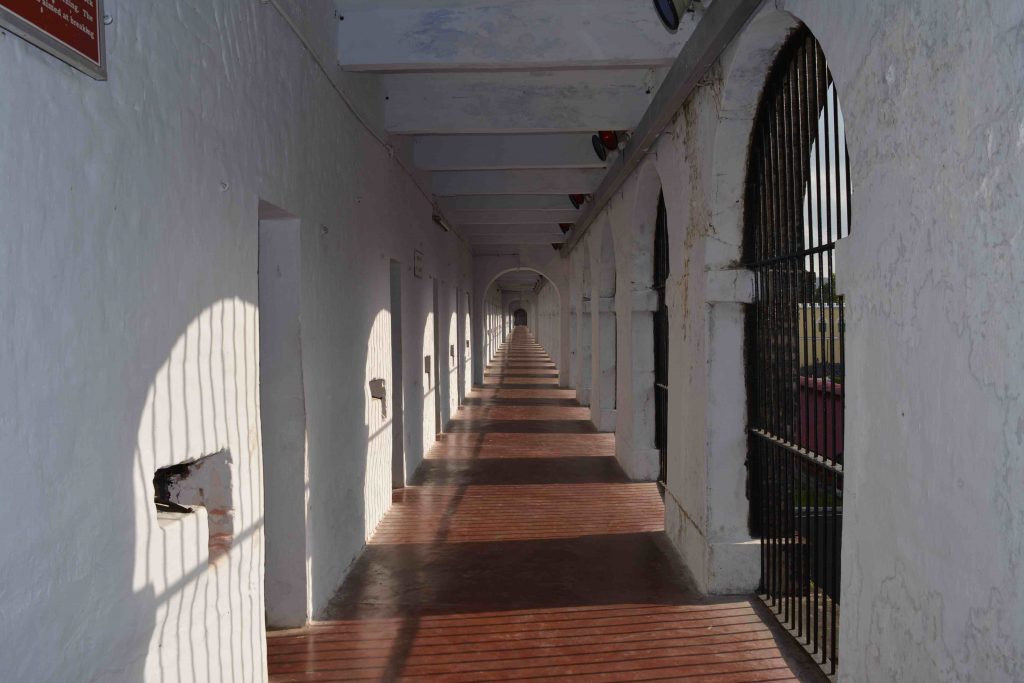
TheCellular Jail is located in Atlanta Point and takes around 15 kilometers to go there from Port Blair.
Address: Atlanta Point, Port Blair, Andaman and Nicobar Islands 744104
Best Time to Visit
The Andaman and Nicobar Islands are blessed with warm and pleasant tropical climate throughout the year, so it’s always a good time to visit.
During the summer season, during the months of April to June, the weather is really sunny and warm, so if you don’t mind sweating a little, then this is the perfect time to visit, as summer is the best time to hit the islands and the beaches.
The rainy season in Andaman begins in the month of June and goes on till the month of November. This is usually the offseason in Andaman, and there are not many tourists on the island during this period. This is also the cheapest time to visit the island as all the hotels and resorts offer great discounts during this period. If you are not scared of getting a little wet in the rain, you can consider visiting during this season.
The most popular season to visit the islands among the tourists is the winter season, during the months of November to March. The climate during this season is optimal for tourists, as it is not too hot to explore the tourist attraction in the towns, but also still warm and pleasant enough to spend time at the beaches.
Here are some other important points to note before making a visit to Cellular Jail:
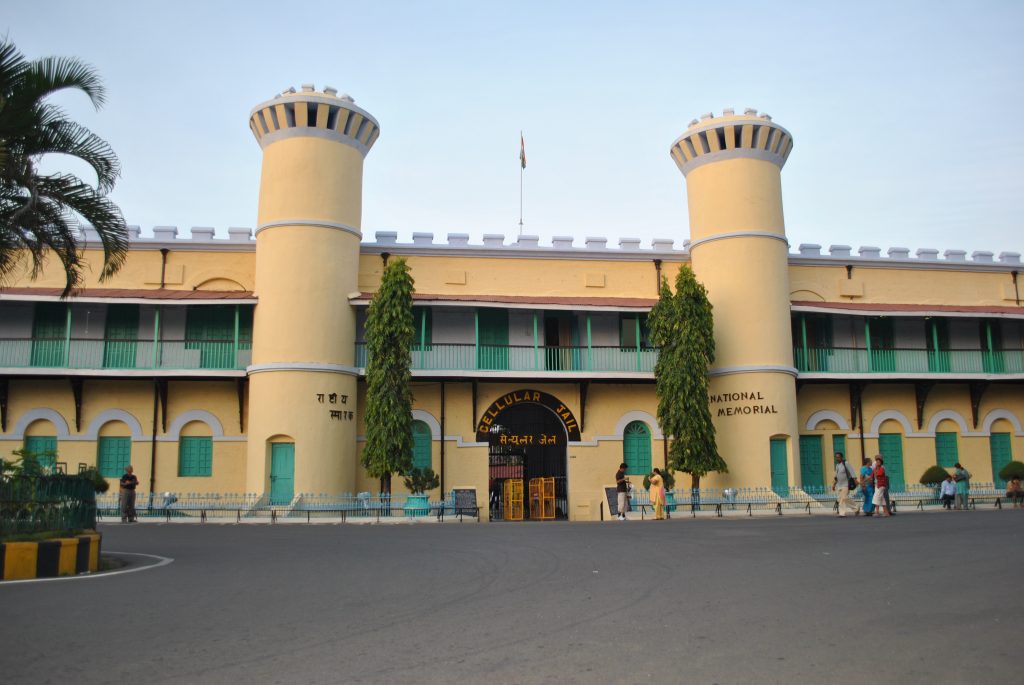
1) Mobile Connectivity
You will not need to purchase a new SIM card as the same networks that work in other parts of the country, work on the island as well. However, certain networks like Jio and Reliance have been said to receive lesser reception and network compared to other networks. According to tourists, the networks that work the best on the island are Vodafone and Airtel, and you should make sure that you or someone in your travel group has that network to be on the safer side.
2) Medical Facilities
The premises of the cellular Jail are equipped with a first aid kit, however, there are no in-house doctors or nurses available in the vicinity of the jail. However, there are quite a few medical stores and hospitals located nearby in Port Blair. The closest and best hospital to Cellular Jail would be the GB Pant Hospital, located right at Atlanta point, only 400 meters away from the jail. If you take some specific medications, then we advise you to carry your own medicines and not rely on the cellular jail for medical aid
3) Timings of Light and Sound Show
One of the key attractions of the Cellular Jail is the light and sound show. The show happens every day in the evening, and there are both Hindi and English options for the show. The timings of the shows are as follows:
English: Monday, Wednesday and Friday from 8:00 PM to 9:00 PM
Hindi: Tuesday, Thursday, Saturday, Sunday at 05:30 pm to 06:30 pm, 06:45 pm to 07:45 pm, 08:00 pm to 09:00 pm, 09:15 pm to 10:15 pm.
You can plan your visit according to your show of preference so that you can visit the jail and watch the show on the same day.
4) Places to eat near Cellular Jail
The Cellular Jail is located in Port Blair, and there are quite a few good restaurants nearby that are worth visiting. Some of the best restaurants that need to be on your list while visiting Port Blair are:
-Icy Spicy – a vegetarian restaurant specializing in Indian and Chinese cuisines.
-New Lighthouse Restaurant – known for its delicious seafood dishes.
-Fortune Resort Bay Island – a high-end restaurant known for its great hospitality and food.-Ananda Multi-cuisine Restaurant – specializing in Indian and seafood.
5) Minimum Duration for Visiting Cellular Jail
Cellular Jail has, in total, 3 major tourist attractions:
The gallery of photos and exhibitions that narrate the tales of the freedom fighters and soldiers.
The library showcasing various books related to the freedom movement.
The eternal flame that has been established in honor of the soldiers and martyrs who gave their lives to the freedom movement.
To cover all these things with time to spare, and to watch the light and sound show as well, which is one hour long, we recommend that you visit at least two hours prior to the beginning to the show so you have ample time to explore the premises.
Planning a trip to Andaman? You must check out the best attractions in Andaman which will allow you to have the best experience.

Frequently Asked Questions
1. What is Kalapani punishment?
The soldiers who stood up against the British officers in the freedom movement were captured and subjected to Kalapani punishment, which involved being locked up in the Cellular Jailin Andaman, away from their homes and families. Very few made it out alive from the torturous experience.
2. Who made cellular jail?
Cellular Jail was built by The British Raj, or the British Crown as it is otherwise known and it was built for the purpose of sending all the soldiers who protested against the British rule, to exile on a faraway island.
3. Why is it called Kalapani?
The Cellular Jail is otherwise referred to as Kalapani prison, which means black water in Hindi, is called so because of the Kalapani punishment that is sentenced to the freedom fighters in the freedom movement, which involved them being sent to exile to the island and have to spend the rest of their days in this prison
4. Who escaped cellular jail?
There was once an escape attempt in the prison, during the month of March in 1868. A group of 238 prisoners ran away but were caught a month later. Among them, one committed suicide, and from the rest, 87 were ordered to be hanged by the general in charge.
5. What are the timings of the light and sound show at the cellular jail?
The timings are as follows:
English: Monday, Wednesday and Friday from 8:00 PM to 9:00 PM
Hindi: Tuesday, Thursday, Saturday, Sunday at 05:30 pm to 06:30 pm, 06:45 pm to 07:45 pm, 08:00 pm to 09:00 pm, 09:15 pm to 10:15 pm.
6. How much time do we need to visit cellular jail properly?
There are three main attractions in the jail, namely:
-The gallery of photos and exhibits
-The library
-The everlasting flame
You will need around 2 hours to cover them all, excluding the light and sound show.
7. What is the entry fees in Cellular jail?
The entry fees for the jail id around INR 30 per head, both adults and children, and there are extra costs for photo and video cameras.
-INR 200 for photo camera
-INR 1000 for a video camera
8. What kind of punishment was given to the prisoners of kalapani?
The prisoners of the Kalapani prison were subjected to many different forms of unspeakable torment, such as:
-Whipping
-Beating
-Quarantine
-Starvation
-Standing in the sun for long hours, and more.
9. How far is cellular jail from Port Blair?
Cellular Jail is around 15 kilometers away from Port Blair and it takes around 30 minutes to get there by road. You can either rent a car or scooter or hire a rickshaw or a cab to get there.
10. Which places can I visit near cellular jail?
There are quite a few other interesting tourist attractions near Cellular Jail that you can visit, such as:
-Marina Park and Aquarium
-Anthropological Museum
-Makruzz
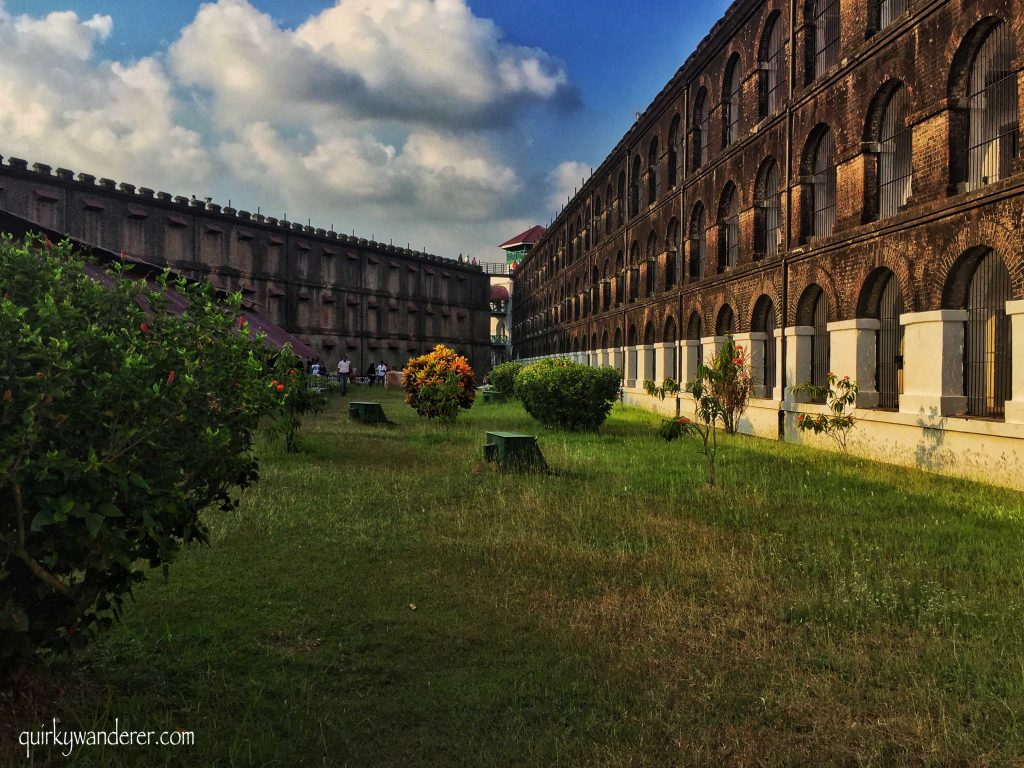
History
Cellular Jail is seen amongst the darkest chapters in the history of India. This jail was built during the reign of Bruisers after the war of 1857. The main objective of constructing this prison was to provide severe torture to all the freedom fighters of India who fought for Indian independence.
This prison was formed in order to prevent the contact of the rebellious people from the general public. It is located outside the country and named as the Cellular jail. Britishers have used this prison to imprison political prisoners on a remote island.
Location
Cellular Jail is situated at Port Blair within the boundaries of the Andaman and Nicobar Islands.
Construction Time
It took around ten years from 1896 to 1906 for the British Government to construct this Jail.
How it got named?
Cellular Prison has once served as a “colonial prison”. It was also referred to as “black water jail”, or “Kala Pani”. This jail is surrounded by sea on all its sides so that the prisoners who were detained in this jail could not find any way to escape from the prison.
Cellular Jail was used mainly by the Britishers to expatriate political convicts to a remote land at the time of the freedom struggle of India. This jail was later taken over by the Japanese troops in the year 1942 at the time of World War II. A lot of British troops were detained in the jail in the form of prisoners.
A National Museum
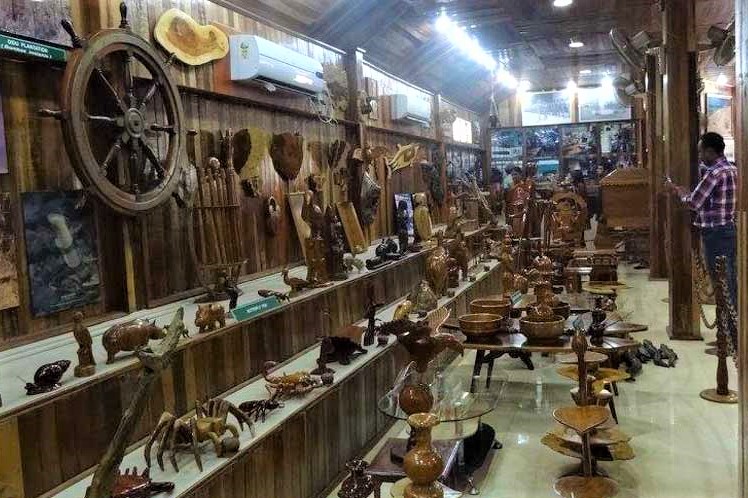
The Cellular Jail has been considered as one of the major jails throughout Asia. Presently, this place is visited by tourists in the form of a popular national monument. It is given the title of the National Memorial. The major attraction of the place is its fascinating museum that showcases life in prison and struggles faced by prominent political prisoners of India.
Today, the place is illuminated by colorful lights in the memory of martyrs. A beautiful sound and light show are organized on four days of a week (Tuesday, Thursday, Saturday, and Sunday). It aims at recounting the events that are organized at the Cellular Jail Memorial in the past.
This museum stores all the weapons that the Britishers have used to fight against the freedom fighters. These weapons weren’t brought to separate it from the society. They were also employed in building the prison, construction of its port, and a few more tasks.
Cruel treatment of Britishers
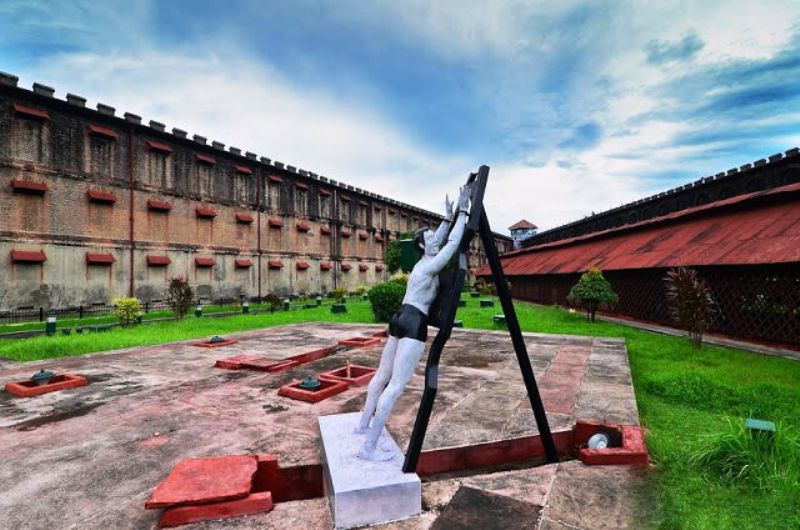
There are several jails throughout the world to punish prisoners for their crimes. Cellular Jail is one of the cruelest jails in the world. The jail narrates the malice with which the Indian political prisoners were treated by Britishers. It is the strategy of Britishers to give black water punishments to the prisoners.
Here the prisoners have kept a thousand miles away from the country and were surrounded by the black water of the sea. This is to sabotage any plans, or strategies of the prisoner to flee from the place. The place was designed so perfect to confine the prisoners within the jail and surround them by the sea on all four sides, to have no option for them to leave. They were tied to the guns and were blown up under any disobedience act. A majority of prisoners were severely tortured and even killed at this jail.
Construction
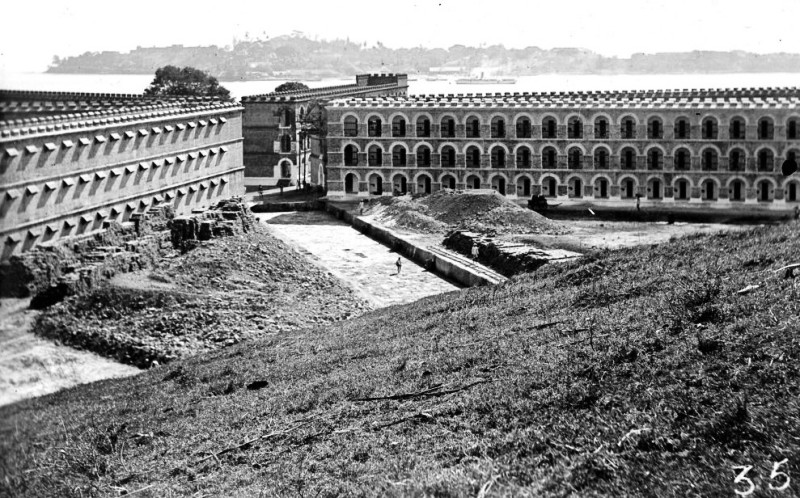
There is a total of 696 small-sized cells in this prison. It is a three-storied Jail with seven branches. The size of every cell comprises 2.7 meters to 4.5 meters. There is no bedroom present in jail. The primary building is made up of red stones that were acquired from Burma. This type of construction resembled a wheel of the bicycle where each of the wings is connected with the central tower as the “spoke of the wheel”.
About the Life of Prisoners
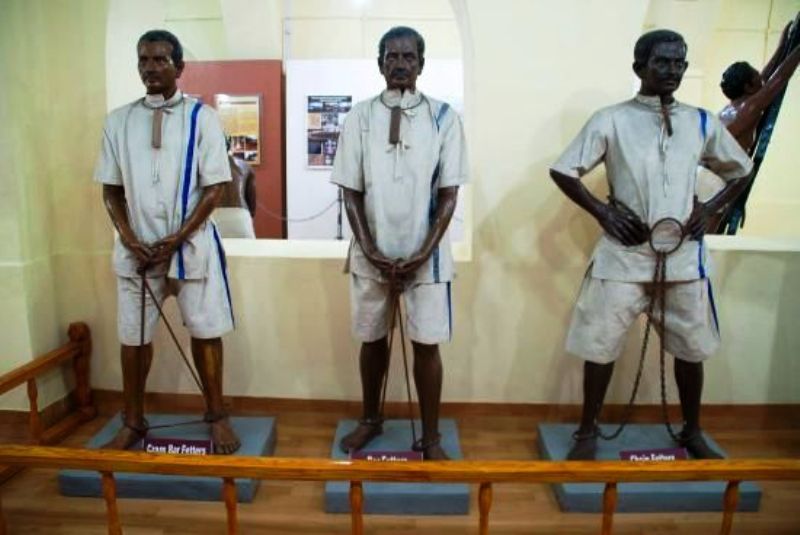
The Jail was designed in such a way that no prisoner can see, and talk to other prisoners. They were kept aloof from each other. A prisoner in one cell could not interact with the prisoner in the adjacent cell. The Savarkar brothers Veer Vinayak Damodar Savarkar and Babarao Savarkar were assigned adjacent cells in the Jail, but for around two years of staying in this prison, they were unaware of the fact that they were detained in the same Jail.
Prisoners were assigned the job to fill the soil in the marshy land followed by cleaning the forest and making roads. If they fail to perform the allocated task within speculated time, then they were given terrible physical torture. They were also held in shackles. The prisoners also contributed towards building houses of British monarchs.
The condition of the prisoners was very bad in jail. They were treated badly by putting them under the extreme whims of nature without providing them water, and food. The space allocated between the different wings of this Jail was the working place for the prisoners. The inmates who were kept in this prison had to perform various activities that include oil extraction, coconut peel, rope making, a few more. This punishment was very cruel and creepy for prisoners.
Freedom Fighters who remained in Jail
Several acclaimed freedom fighters of India who fought during the epic Indian freedom movement were detained in the prison. A few of them being Batukeshwar Dutt, Yogeshwar Shukla, Vinayak Damodar Savarkar, and the famous Veer Savarkar. The initial two hundred rebels present in this Jail were brought for the protection of the jailer named Major James Pattison Walker, and David Berry. Around 733 freedom fighters were brought from Karachi.
Design
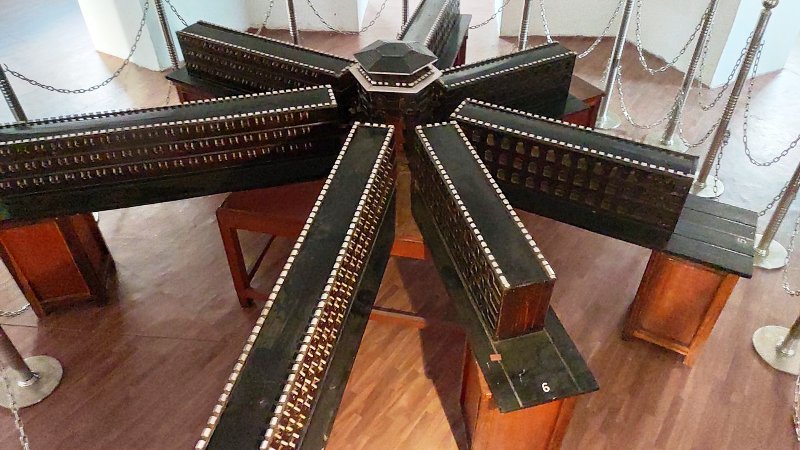
The entire structure of the Cellular Jail had 7 straight wings that are joined to a tower in the middle. This design of this prison was inspired by by the Panopticon concept of English philosopher and social thinker Jeremy Bentham. This jail has got the shape of an octopus. A tower is constructed in the center of the prison that was used by the jailor to keep a watch on the prisoners. But the prisoners couldn’t know that someone is watching them.
Cellular Jail, Andaman & Nicobar Islands Overview
The Cellular Jail, also known as ‘Kala Pani’ is an old colonial prison situated in Port Blair, the capital of Andaman and Nicobar islands. Constructed by the Britishers during their colonial rule in India, the jail was used particularly to exile Indian political prisoners. The construction of the jail began in the year 1896 and was completed in 1906, after which it was used to house many notable freedom fighters such as Batukeshwar Dutt, Yogendra Shukla and Vinayak Damodar Savarkar. The jail complex is now owned by the Government of India and it is recognised as the national memorial monument that showcases the life of prisoners during the British era.
Soon after the Sepoy Mutiny in the year 1857, the Britishers began to use the islands of Andaman and Nicobar as jails to imprison the revolters. The secluded islands were chosen due to their distant location from the Indian mainland. During the independence movement of India, thousands of Indians were imprisoned in the Cellular Jail; many of them died due to inhumane conditions, a lot more were hanged, and many passed away due to old age.
Today, the Cellular Jail is a solemn reminder of all the struggles the Indian freedom fighters undertook while fighting for independence, and is an integral part of India’s history. The Jail today stands as a prominent tourist attraction in the Andaman and Nicobar Islands where visitors can learn about its history and also enjoy a light show held in memory of all the prisoners who were imprisoned here.

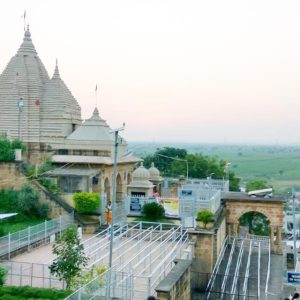
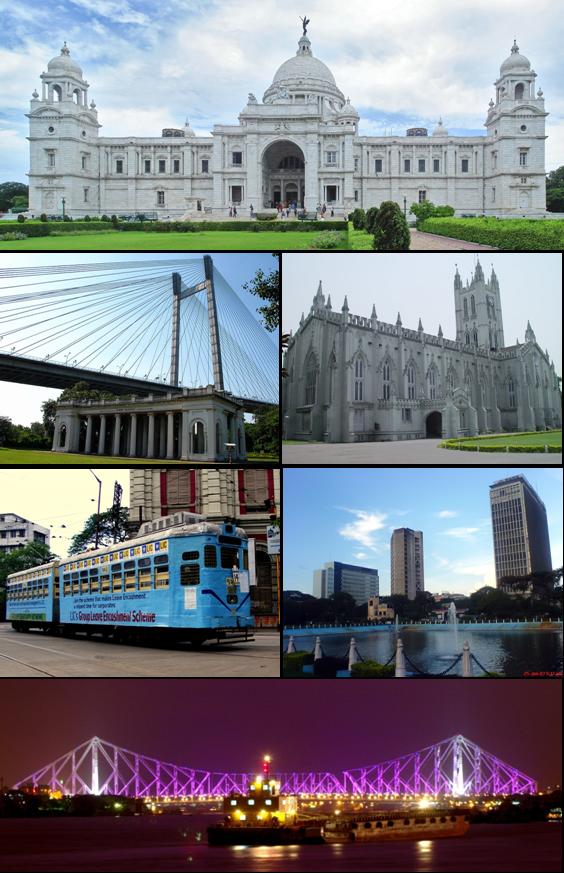
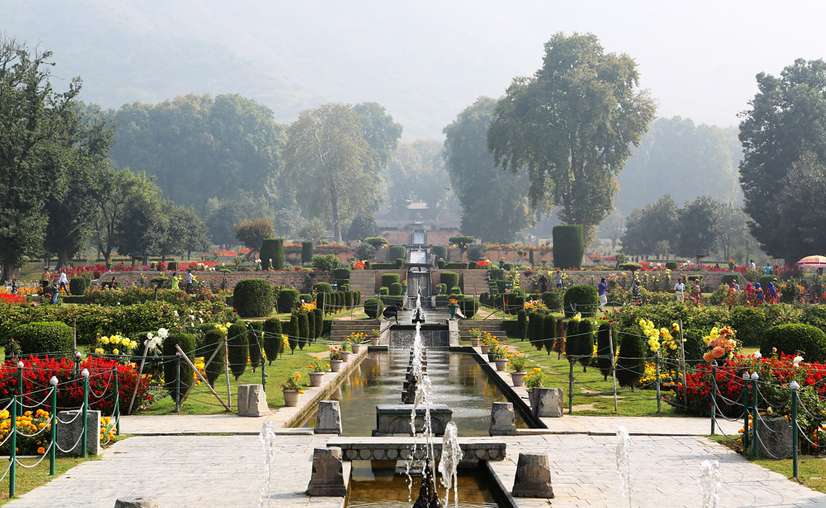
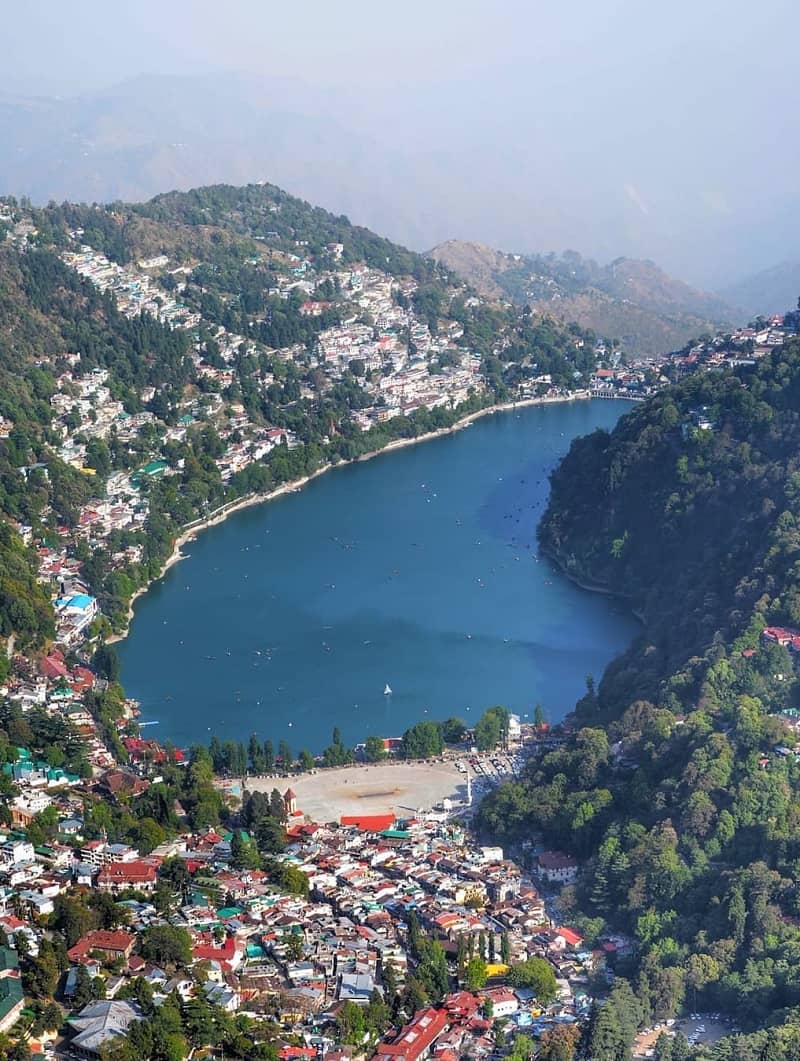

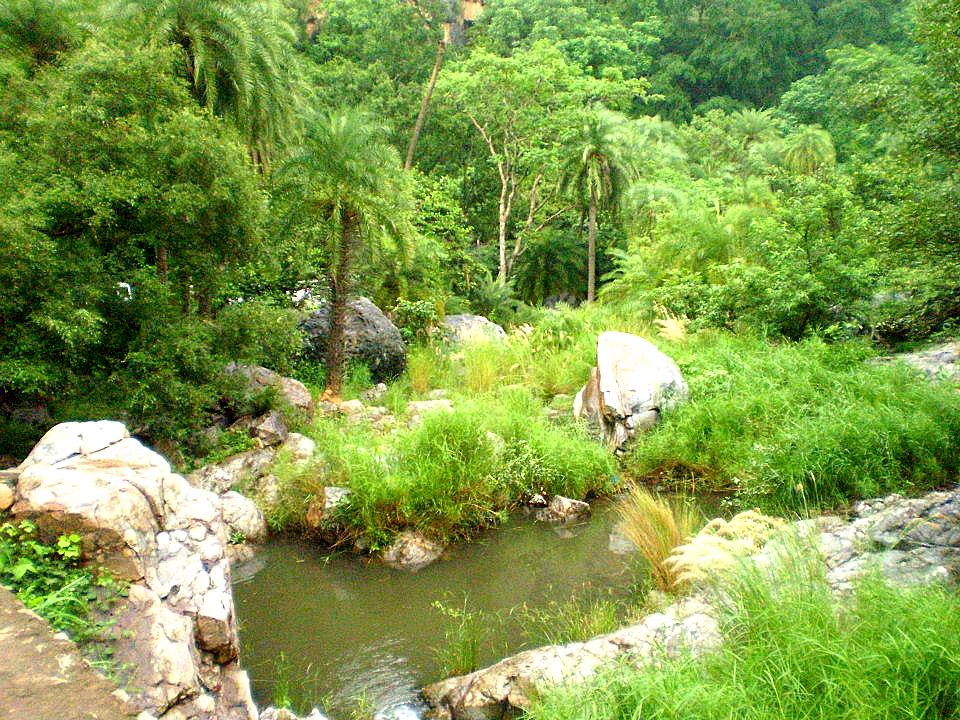
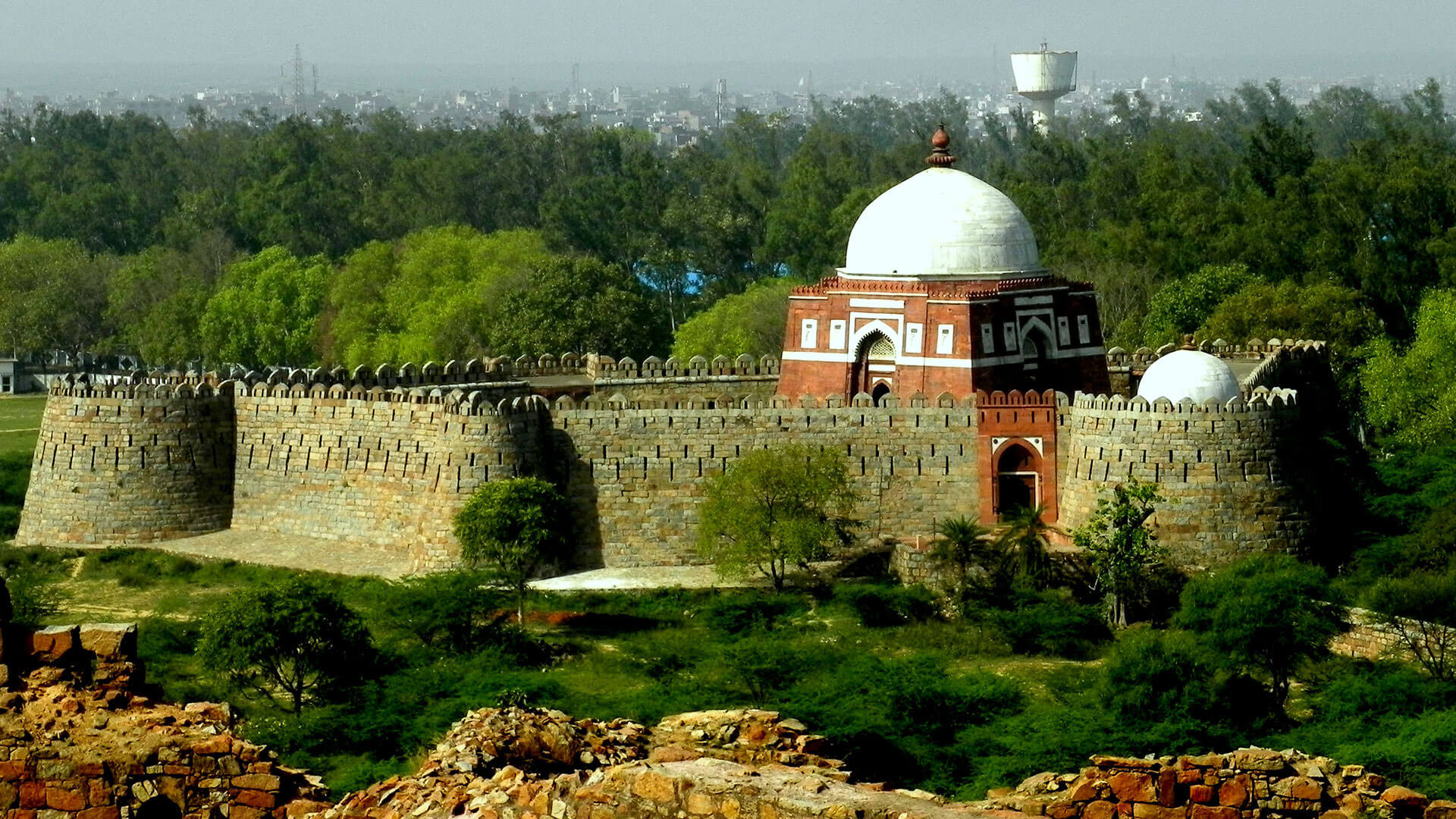
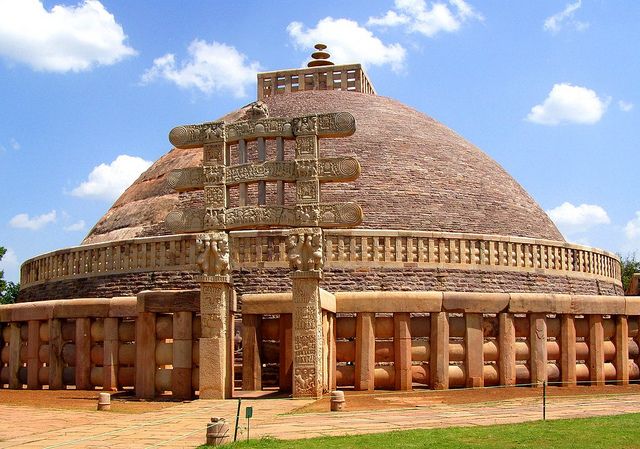
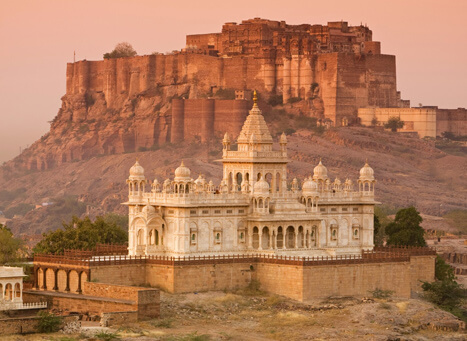
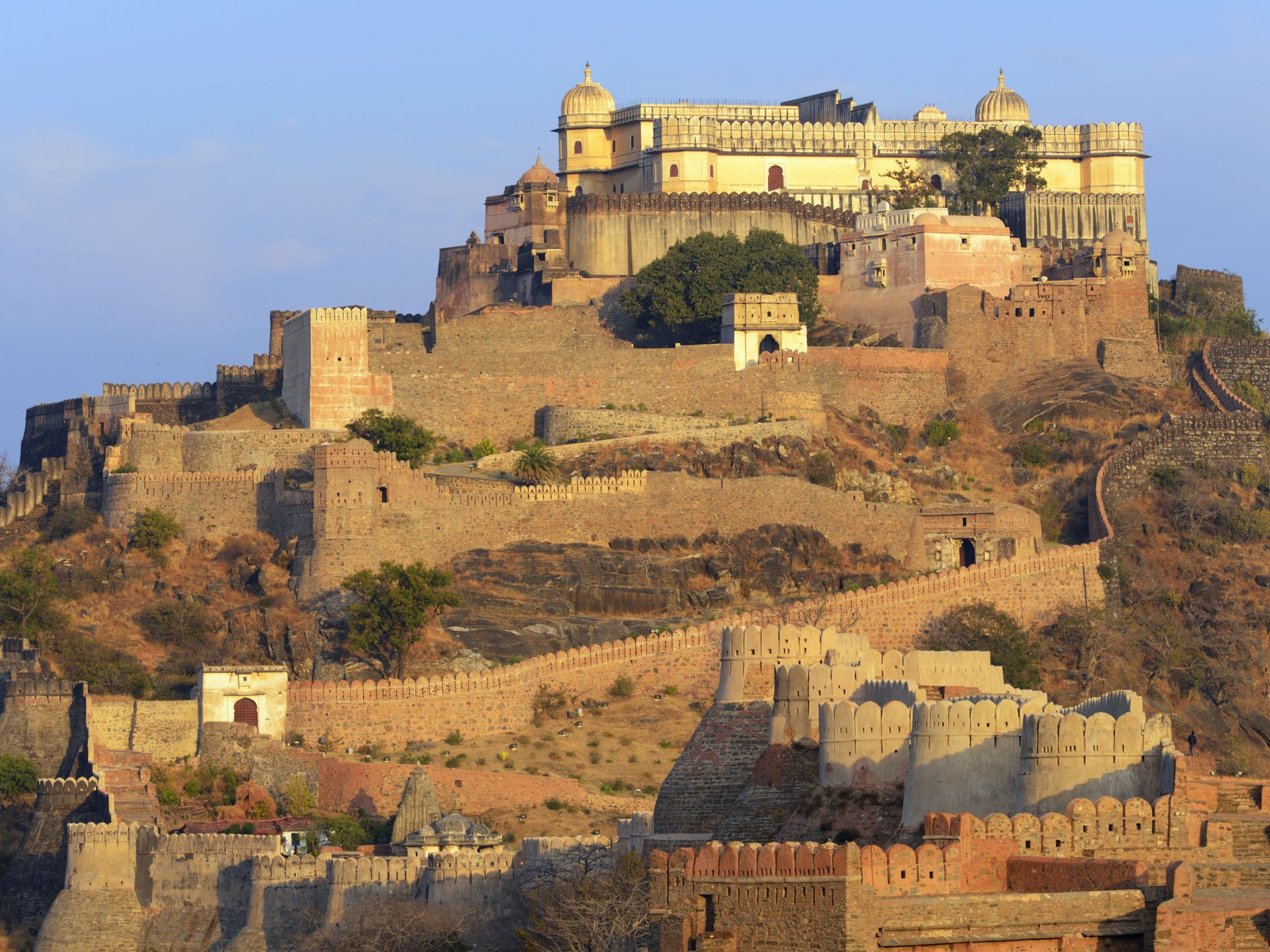


8 Comments
Comments are closed.